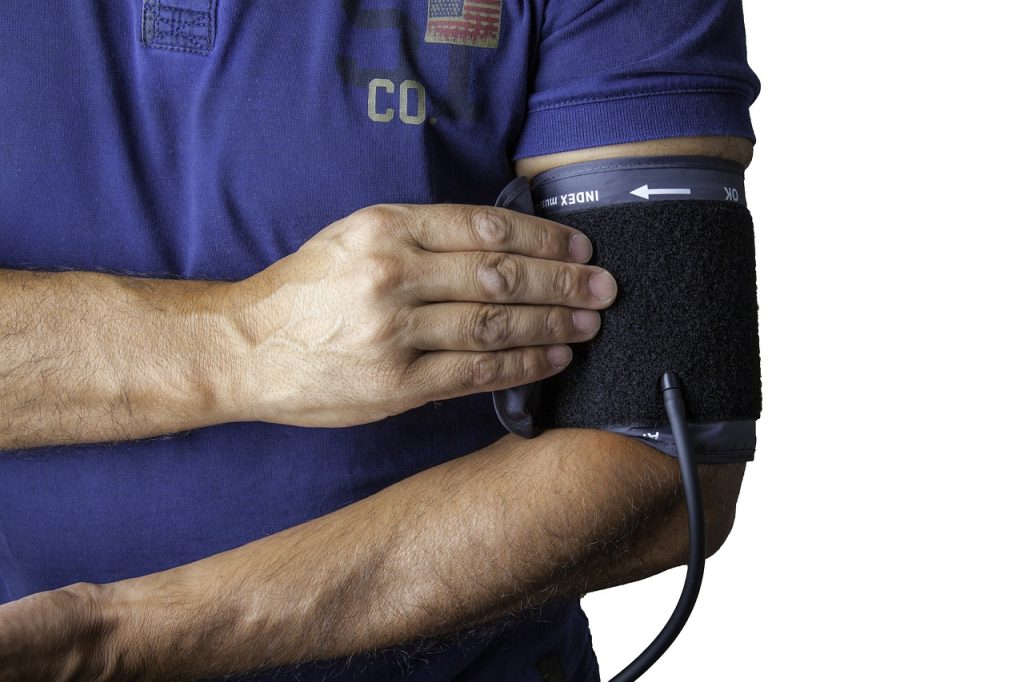Maybe you experienced an urgent medical situation and found yourself in the ER. Were you surprised by the inner workings of the emergency room? Was the experience what you expected? Between the media and misinformation, people don’t always know what they’re dealing with when it comes to this department. Let’s debunk a few common myths about the ER and talk more about what you can expect if you end up there.
Don’t forget to check out my blog on the emergency room vs urgent care.
7 Myths About the ER (And the Truth Behind Them)
Let’s separate fact from fiction!
1. The ER Doctor is there to Take Care of Everything
Some people believe that ER doctors are there to treat every illness. If you have a bad cough, if your head is pounding, if your arm hurts, the ER doctor should resolve it, right?
Not so.
On the contrary, ER doctors and other medical professionals are trained to treat patients with life-threatening conditions. In situations where your condition is not critical, a nurse or a medical practitioner will attend to you and ensure that your condition is stable before directing you to the next steps.
This might be as simple as scheduling an appointment with your PCP.

2. The ER is Full of Uninsured Patients
It’s not uncommon to hear people say that most emergency room patients have no medical insurance coverage. However, this notion is far from the truth. A JAMA study dispelled this myth of uninsured patients crowding emergency rooms. Most uninsured patients try to avoid visiting the emergency room to save money on medical expenses. After all, the ER does frequently come with quite a hefty price tag.
One report by the CDC on emergency department payments indicated that 15% of ER patients lacked health insurance, 25% had Medicaid, 17% had Medicare, and about 40% had private insurance.
The reassuring news is that no one is ever turned away in the emergency room, regardless of their capacity to pay. Emergency physicians perceive it as a moral obligation to treat everyone. Most ERs offer various payment plans after you have been treated.

3. ER Services are Available on a First Come, First Serve Basis
The ER does not treat patients in order of their arrival time. It uses the triage system, which prioritizes patients who are the sickest and in need of immediate treatment. No one in the emergency room makes an appointment to see the doctor, nor are they attended to in the order of when they checked in, arrived at the hospital, or how long they have been in the line.
A medical expert always examines a patient after arriving and checking in the emergency department. Depending on the information gathered from the patient, such as blood pressure and temperature, the patient will either be placed in a room or the waiting area after the triage.
Think about it. If a pregnant woman comes in saying she’s having horrible abdominal cramps, she likely warrants more immediate attention than someone whose arm hurts.
4. The ER is Crowded Due to Unnecessary Visits
Another myth about the ER is that many people with non-urgent conditions go to emergency rooms. Does this happen? Sure. But it’s not as common as some people think. For instance, data from the CDC shows that 92% of emergency visits are for medical conditions that need treatment within two hours.
Furthermore, a study by the Association of American Medical Colleges listed the reasons for overcrowding in emergency departments. These include a nursing shortage, closure of many emergency departments nationwide, a lack of adequate nursing beds, and economic triage.
5. The ER is Disorganized and Inefficient
Most people believe emergency rooms are hectic, as seen in certain television programs. And certainly, they do stay busy. However, there’s a lot more at work than what the patients are seeing.
There are processes to be followed from the moment you enter the ER to the moment you leave. Emergency departments have qualified medical professionals who ensure you are properly taken care of. Many ERs across the nation run like well-oiled machines.

6. The ER is Always a Gory Environment
Maybe because of the movies, you’re convinced that the ER is always full of blood and guts. While some patients do enter in bad shape, that’s not always the case.
Most patients walking through the ER doors are not constantly bleeding or involved in terrible accidents. Some of the more common complications witnessed in the ER are chest pains, abdominal pain, headaches, back pain, and upper respiratory infections. None of them involves wounds.
7. You Will Contract Coronavirus After Visiting the ER
Exposure to COVID-19 is one reason for the increased ER visit rates in 2020. Understandably, the rise of COVID-19 cases made people think they were all but guaranteed to catch it if they visited the ER. However, this assumption is false.
Emergency rooms follow CDC guidelines to prevent the spreading of viruses in health care facilities. Patients with COVID-19 are treated in separate areas, making it harder for other patients to get the virus. Other measures the ER takes include social distancing in waiting rooms, cleaning and hand sanitization resources, conducting temperature checks, and screening people in advance.
Be sure to read my blog on symptoms that indicate your COVID-19 is serious.
Many of these myths about the ER are understandable but unwarranted. As a patient, you should not be afraid to visit the emergency room when in a critical situation. If it’s not an emergency, consider urgent care or call your PCP.













